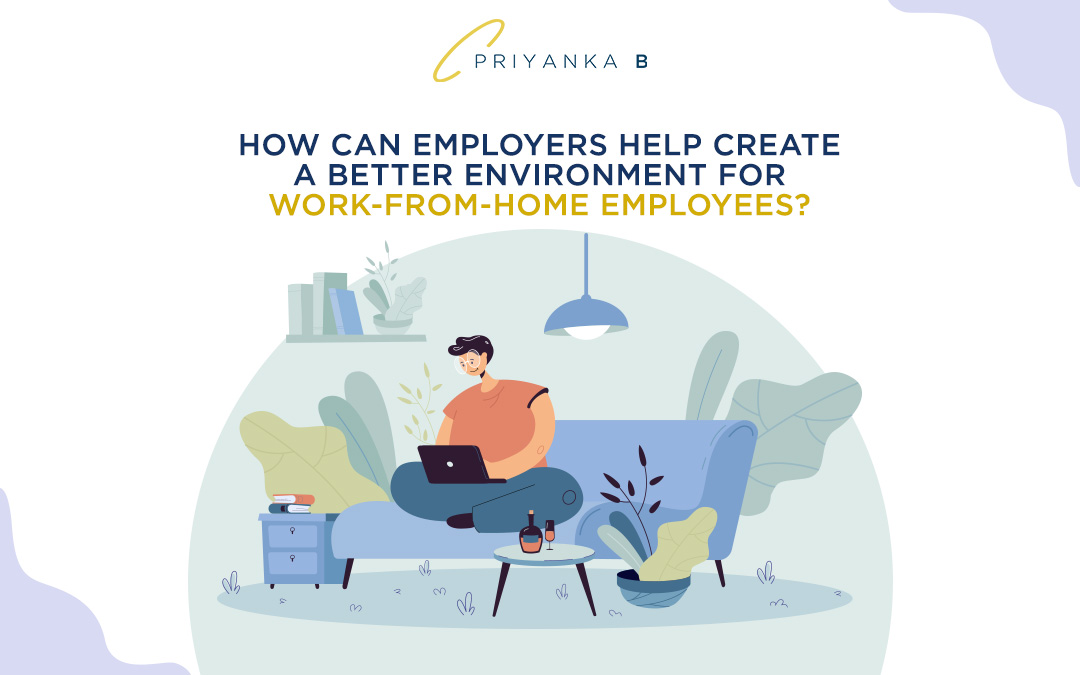Ubiquitous. Urging. When good, somewhat informative; when bad, painstakingly annoying and repetitive. It’s been quite a while since newsletters left their place as one of the vital connective tissues of the early internet to become another background item within the digital decor. Nowadays, most sites offer theirs, cutting our interactions short with the usual lingo emblazoned on a pop up: “Never miss this again”, “Stay ahead of that”, and so on.
It is hardly news that newsletters tend to pursue other goals besides the distribution of information. In fact, information often serves as an excuse to the perhaps less noble (but far more extended) practices of building databases and completing user profiles, but this is almost understandable: in an era of data-fueled and data-modeled stimuli, action and interaction, gathering data is a pressing need and newsletters a viable way to do it.
As a result of the data race, the subscription process has been streamlined up to its minimal viable version: provide an email address, and they’ll take it from there. The upside of this exchange is quite obvious, as email addresses that are voluntarily provided by their owners are assets full of potential. However, there’s a downside to it all: the easier the process, the higher the risk of seeing the lawful subscription’s evil twin – revenge spam.
What is revenge spam?
In our era, most spam accounts for unwanted email, which may spring from both legal and illegal use of the copious databases that contain our email addresses. Unlike regular spam, revenge spam involves a third actor: the avenger, which exploits a systemic weakness to harm its target, and indirectly, the brand that provides the newsletter service as well.
Interestingly enough, what gives revenge spam its destructive power is also what makes newsletters viable as a data collection tool: the easier it is to subscribe to a newsletter, the easier it is to weaponize that very same newsletter. If seeing the odd, unwanted newsletter on your inbox is a minor nuisance, picture getting 5, 10, 20, 50 newsletters a day. Sooner than later, the flood of newsletters can deem certain an email accounts unreliable and hard to use.
3 easy solutions to a problem in disguise
While certain actors will proceed their path of destruction no matter what, there are ways to solve the problem of revenge spam. The most common ones are:
- Review your need of a newsletter: how does it impact your organization?
- Secure your subscription model by adding a verification step.
- Every once in a while, ask your audience if they wish to keep receiving the newsletter.

Also, it is good to remember that this sort of spamming practices are not exactly widespread, but its use can see an uptick in the near future. As the saying goes, better safe than sorry.





Recent Comments